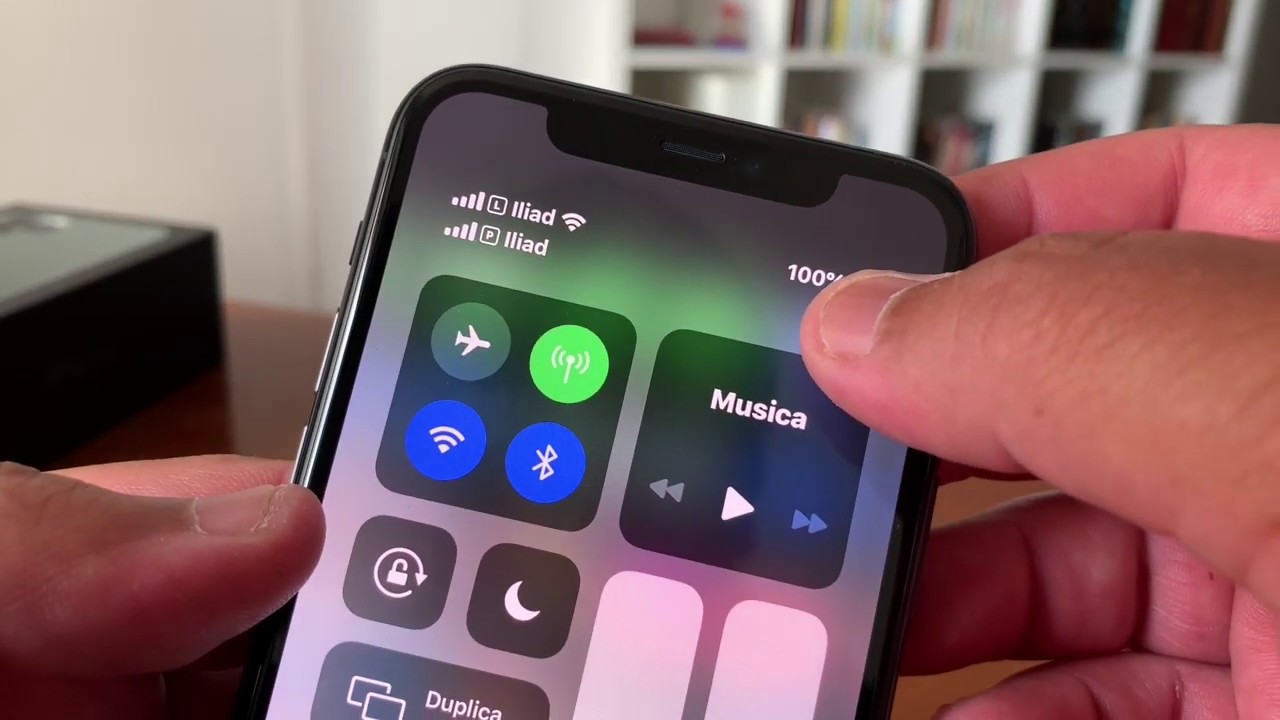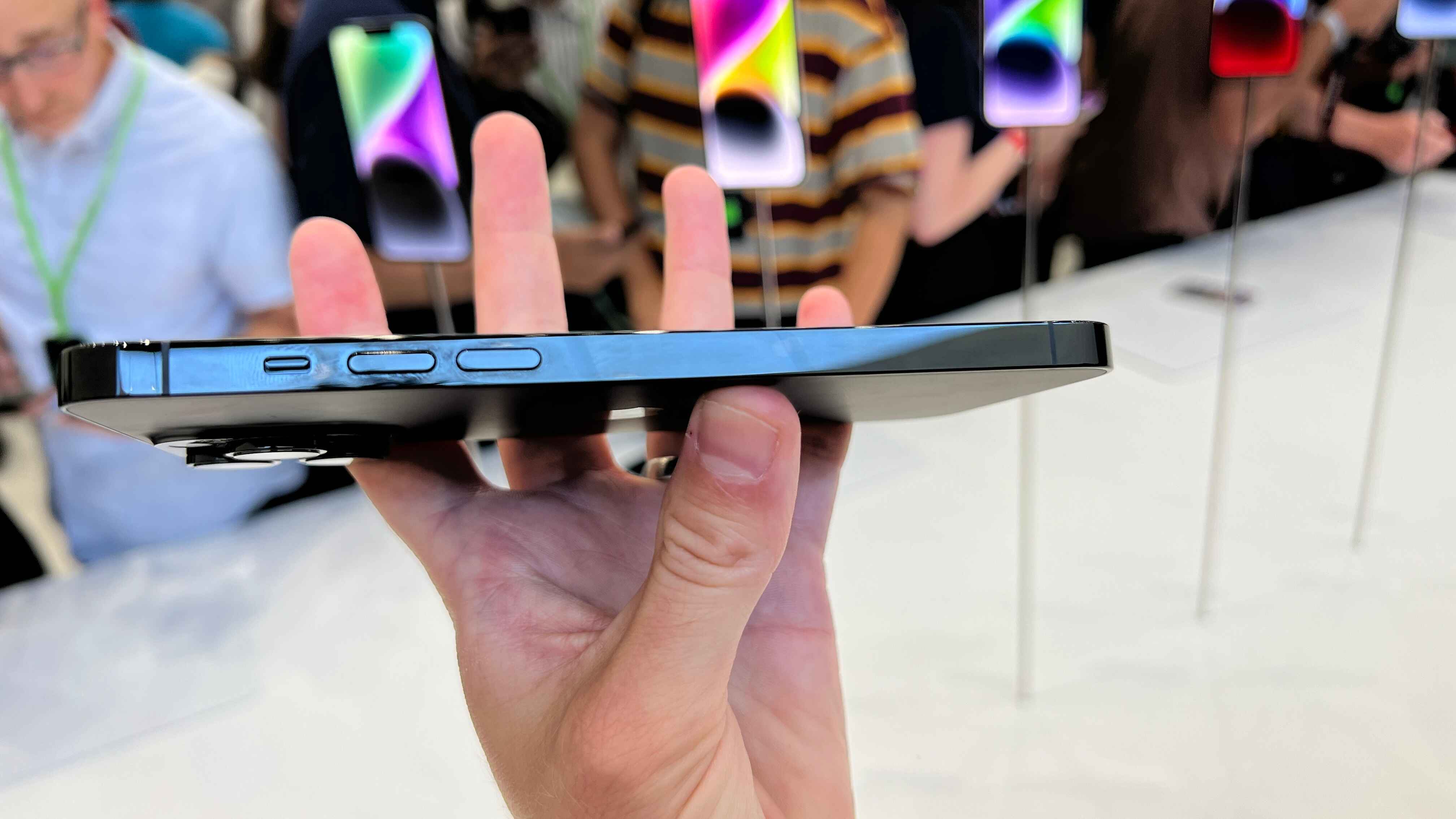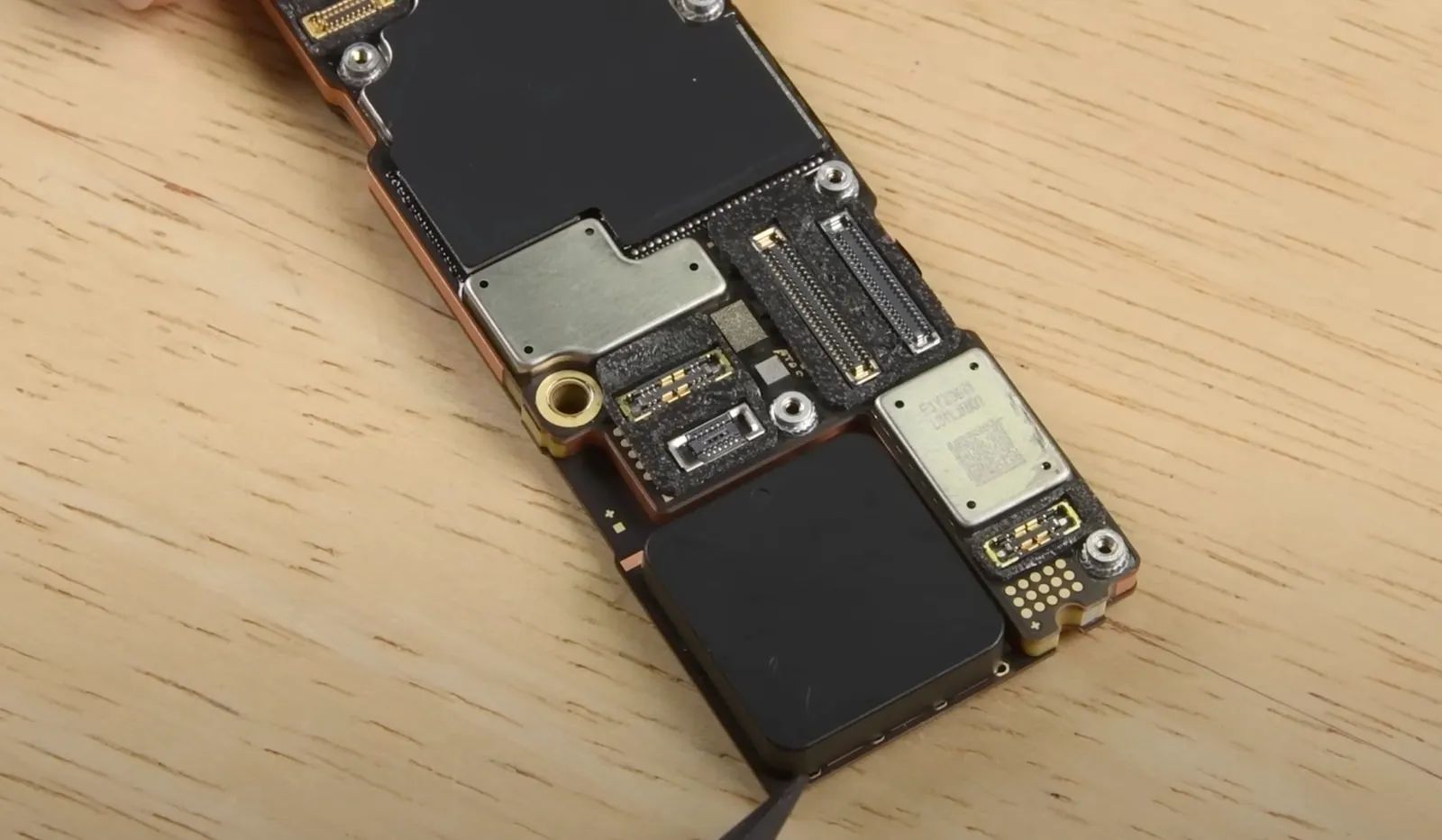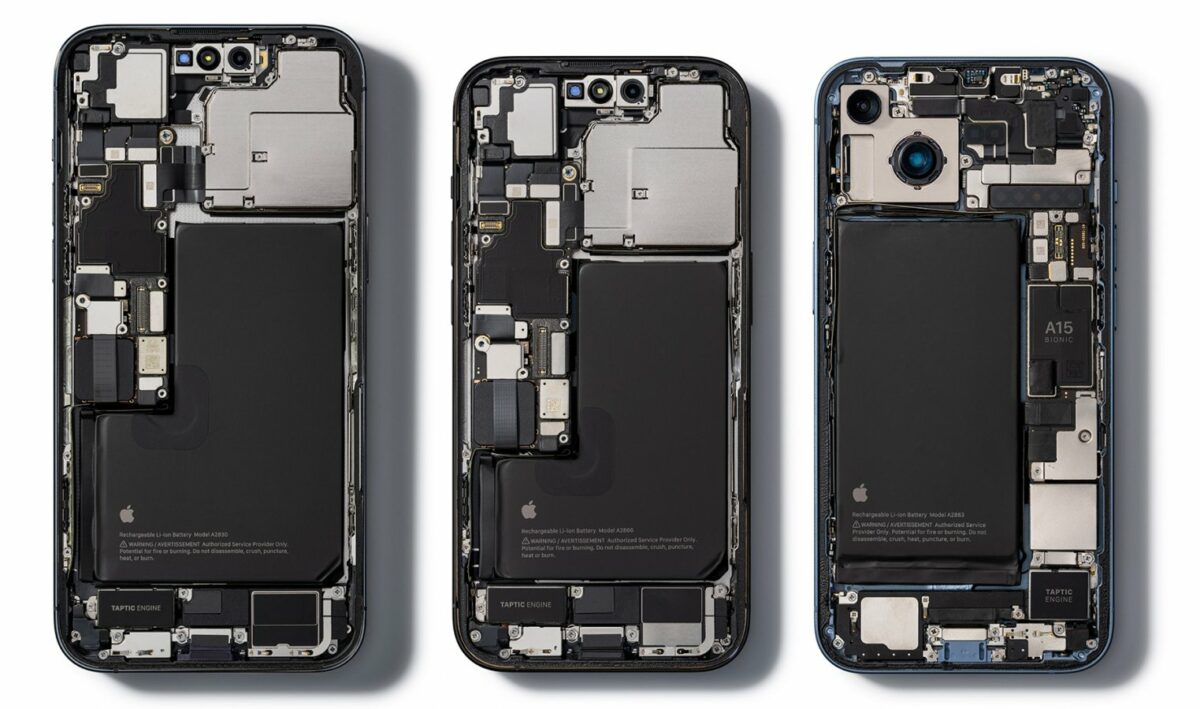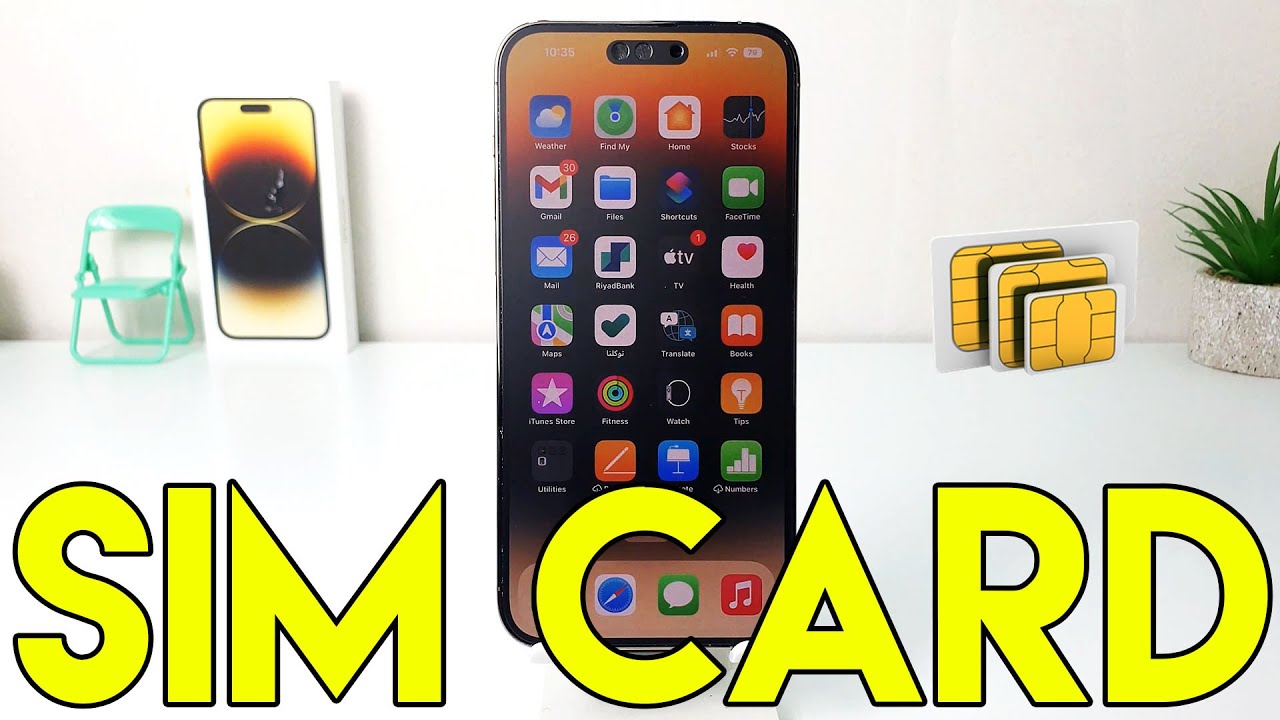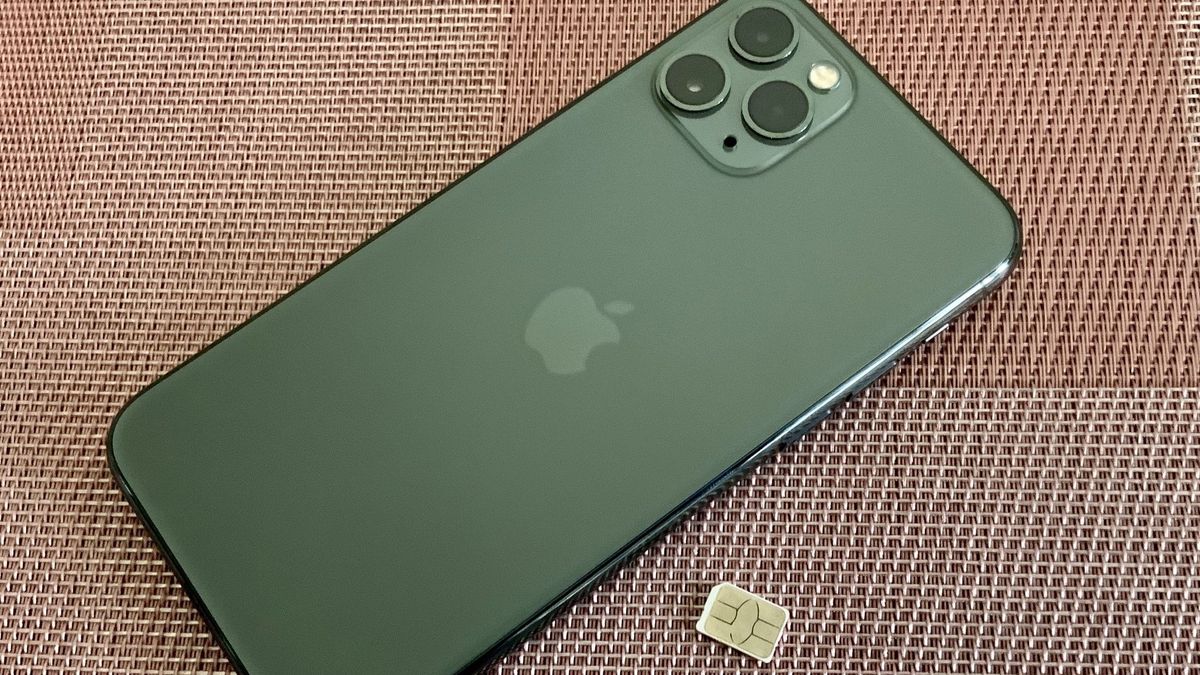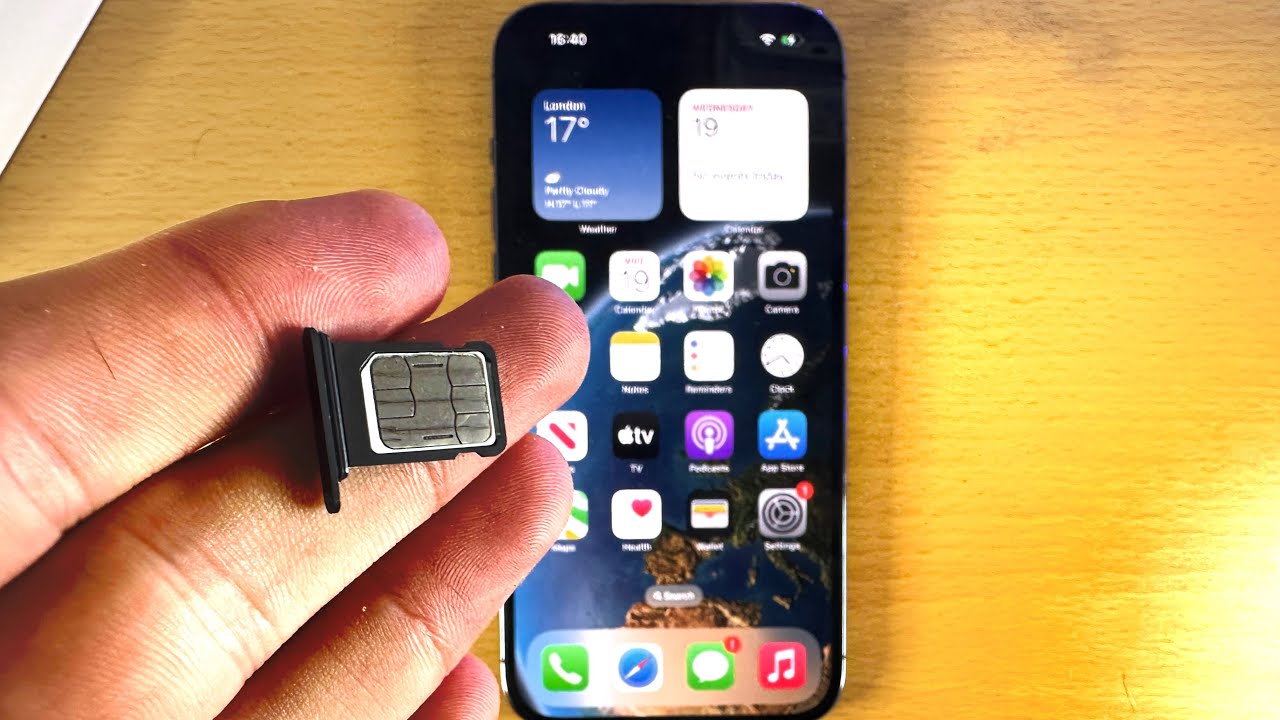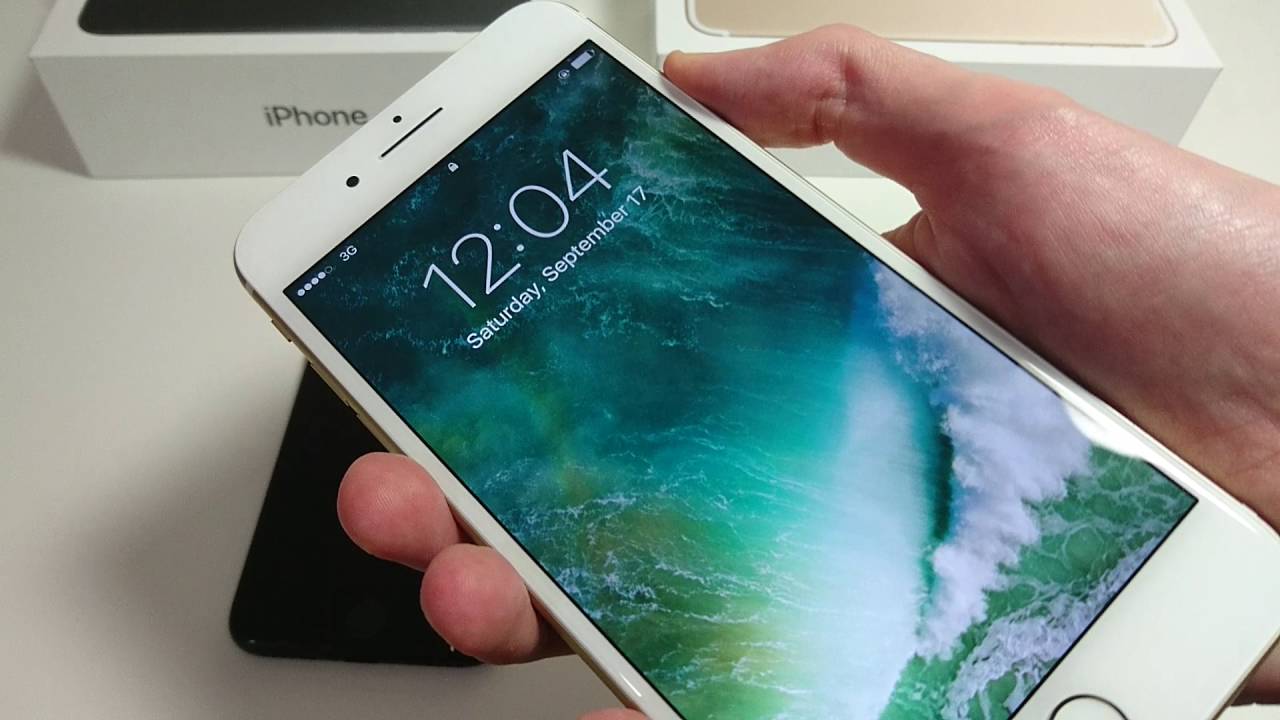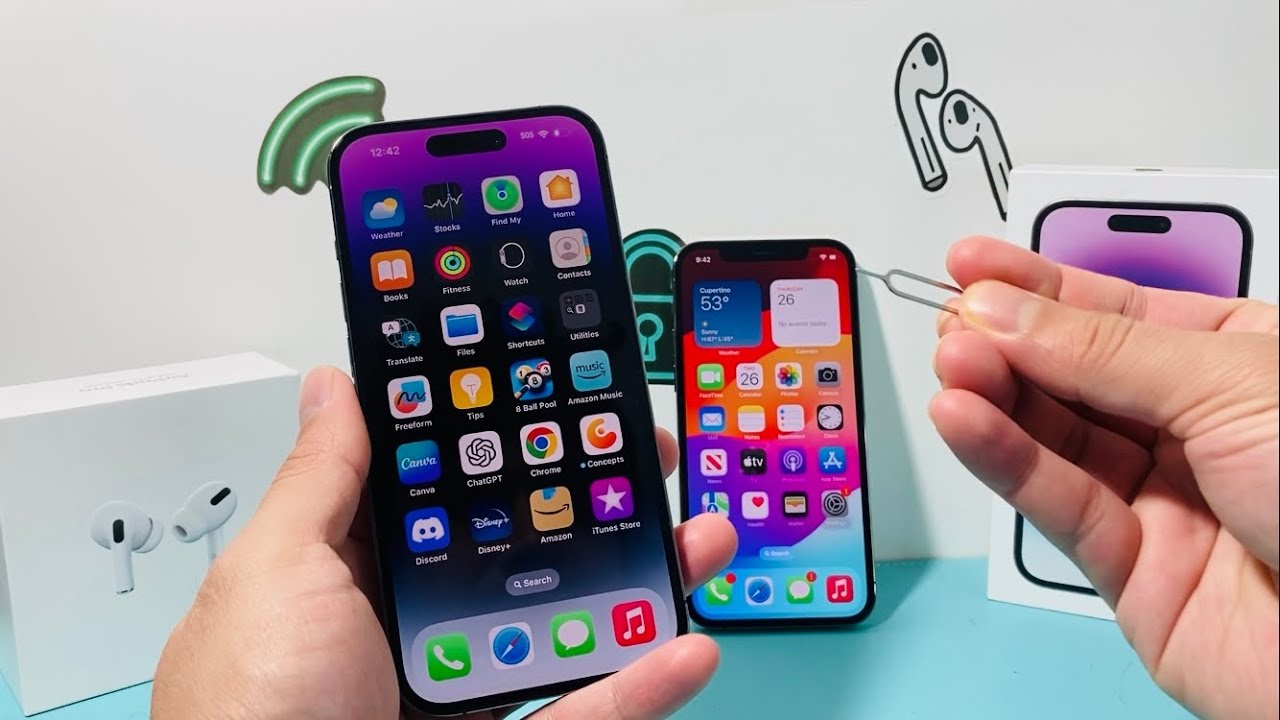Introduction
The evolution of mobile devices has been nothing short of remarkable. From the early days of bulky, analog cell phones to the sleek and sophisticated smartphones of today, the industry has undergone a dramatic transformation. One of the most significant changes in recent years has been the shift from traditional SIM cards to embedded SIM (eSIM) technology. This transition has raised questions and sparked discussions, particularly in light of Apple's decision to remove the physical SIM card slot from its iPhone 14.
As technology continues to advance at a rapid pace, it's essential to understand the implications of such changes, especially when they come from a major player in the mobile industry like Apple. The absence of a SIM card slot on the iPhone 14 marks a significant departure from the norm, and it's crucial to explore the reasons behind this decision and its potential impact on users and mobile carriers. In this article, we'll delve into the evolution of SIM card technology, the emergence of eSIM, the benefits it offers, and the rationale behind Apple's bold move. By examining these aspects, we can gain valuable insights into the future of mobile devices and the ever-evolving landscape of telecommunications.
Evolution of SIM Card Technology
The Subscriber Identity Module (SIM) card has been a cornerstone of mobile telecommunications since its inception in the early 1990s. Initially, SIM cards were primarily used to store subscriber information and authenticate users on mobile networks. These small, removable cards quickly became ubiquitous, enabling users to switch devices while retaining their personal data and network identity.
Over time, SIM card technology evolved to accommodate the increasing demand for smaller and more versatile form factors. The introduction of smaller SIM variants such as the micro-SIM and nano-SIM allowed manufacturers to design sleeker and more compact devices. This evolution was instrumental in driving the development of slimmer smartphones and other mobile gadgets.
Despite these advancements, the physical nature of traditional SIM cards presented certain limitations. Users were required to handle delicate cards, insert them into specific slots, and ensure they were properly aligned. Additionally, the need for a physical SIM card slot occupied valuable space within the device, constraining design possibilities and potentially limiting other essential components.
Recognizing these constraints, the telecommunications industry sought alternative solutions that could offer greater flexibility and efficiency. This quest led to the emergence of embedded SIM (eSIM) technology, which represents a significant leap forward in the evolution of SIM card technology.
The introduction of eSIM marked a pivotal moment in the history of mobile telecommunications. Unlike traditional SIM cards, eSIMs are integrated directly into the device's hardware, eliminating the need for a physical card and dedicated slot. This fundamental shift not only streamlines device design and manufacturing processes but also unlocks a myriad of possibilities for users and service providers.
The adoption of eSIM technology has gained momentum across various sectors, including smartphones, wearables, and Internet of Things (IoT) devices. Its versatility and adaptability have positioned eSIM as a key enabler of seamless connectivity and enhanced user experiences in the digital age.
As the industry continues to embrace eSIM technology, it is essential to recognize the transformative impact it has had on mobile devices and the broader telecommunications ecosystem. This evolution sets the stage for a new era of connectivity, where devices are not bound by physical constraints and users can seamlessly manage their network subscriptions and identities.
The evolution of SIM card technology, culminating in the rise of eSIM, represents a significant milestone in the ongoing quest for innovation and efficiency in the mobile industry. This shift has paved the way for a future where connectivity is more accessible, devices are more versatile, and users are empowered with greater control over their digital experiences.
eSIM Technology
The introduction of embedded SIM (eSIM) technology represents a monumental advancement in the realm of mobile telecommunications. Unlike traditional SIM cards, which are physical, removable chips, eSIMs are integrated directly into the device's hardware. This integration eliminates the need for a dedicated slot, paving the way for a more streamlined and versatile approach to mobile connectivity.
eSIMs function in a manner similar to traditional SIM cards, as they store subscriber information and authenticate users on mobile networks. However, the absence of a physical card and slot offers several distinct advantages. One of the key benefits of eSIM technology is its ability to facilitate remote SIM provisioning. This means that users can activate a mobile subscription and manage their network profiles without the need for a physical SIM card. Instead, the entire process can be conducted digitally, offering unparalleled convenience and flexibility.
The versatility of eSIM technology extends beyond smartphones to encompass a wide range of devices, including wearables, tablets, laptops, and even IoT devices. This adaptability underscores the transformative potential of eSIMs, as they enable seamless connectivity across diverse ecosystems.
Furthermore, eSIMs are not tied to a specific carrier or network, allowing users to switch between service providers with ease. This capability, known as network switching, empowers users to select the most suitable and cost-effective mobile plans without the constraints associated with traditional SIM cards.
From a manufacturing perspective, eSIM technology streamlines the production process by eliminating the need for a physical SIM card slot. This reduction in hardware components not only contributes to more efficient device designs but also opens up opportunities for enhanced functionality and improved user experiences.
The rise of eSIM technology has also catalyzed the development of innovative use cases, such as dual-SIM functionality within a single device. This feature enables users to maintain two separate mobile subscriptions on a single device, providing greater flexibility and convenience, particularly for individuals who require separate personal and business lines.
In the context of international travel, eSIMs offer unparalleled convenience, as users can access local mobile networks without the need to acquire and install physical SIM cards. This capability simplifies the process of staying connected while abroad, eliminating the hassle of purchasing and swapping SIM cards in different countries.
Overall, eSIM technology represents a paradigm shift in the way we approach mobile connectivity. Its seamless integration, remote provisioning capabilities, and cross-device adaptability position eSIMs as a cornerstone of modern telecommunications, offering users unprecedented flexibility and control over their digital experiences.
Benefits of eSIM
The adoption of embedded SIM (eSIM) technology heralds a multitude of benefits that are poised to revolutionize the landscape of mobile telecommunications. These advantages extend beyond mere convenience, encompassing enhanced flexibility, streamlined connectivity, and a host of innovative possibilities for users and service providers alike.
One of the most compelling benefits of eSIM technology lies in its capacity for remote SIM provisioning. This capability empowers users to activate and manage their mobile subscriptions digitally, eliminating the need for physical SIM cards. By leveraging remote provisioning, users can seamlessly switch between mobile plans and carriers without the logistical constraints associated with traditional SIM cards. This flexibility not only simplifies the user experience but also fosters a more dynamic and competitive mobile market, where users have the freedom to select the most suitable and cost-effective plans.
Furthermore, eSIM technology facilitates cross-device connectivity, extending its utility beyond smartphones to encompass wearables, tablets, laptops, and IoT devices. This versatility enables users to maintain a consistent network identity across their interconnected devices, creating a seamless and integrated digital ecosystem. Whether it's syncing a smartwatch with a smartphone or enabling connectivity for IoT devices, eSIMs offer unparalleled convenience and adaptability in the era of interconnected technologies.
The elimination of physical SIM card slots through the adoption of eSIM technology also holds significant implications for device design and manufacturing. By integrating eSIMs directly into the device's hardware, manufacturers can optimize internal space, enabling sleeker designs and enhanced functionality. This streamlined approach to hardware design not only contributes to more efficient and aesthetically pleasing devices but also opens up opportunities for the integration of additional features and technologies.
Moreover, eSIM technology facilitates dual-SIM functionality within a single device, allowing users to maintain two separate mobile subscriptions. This feature is particularly advantageous for individuals who require distinct personal and business lines, as it eliminates the need to juggle multiple devices or swap physical SIM cards. The convenience of managing multiple subscriptions within a single device underscores the user-centric nature of eSIM technology, offering practical solutions to real-world connectivity needs.
In the realm of international travel, eSIMs offer unparalleled convenience, enabling users to seamlessly access local mobile networks without the hassle of acquiring and installing physical SIM cards. This capability streamlines the process of staying connected while abroad, eliminating the complexities and uncertainties associated with traditional SIM card logistics.
In summary, the benefits of eSIM technology extend far beyond the realm of convenience, encompassing enhanced flexibility, streamlined connectivity, and a wealth of innovative possibilities. By embracing eSIMs, users and service providers alike stand to gain from a more dynamic and user-centric approach to mobile telecommunications, where connectivity is seamless, adaptable, and tailored to individual needs.
Apple's Decision to Remove SIM Card Slot
Apple's decision to eliminate the traditional SIM card slot from its iPhone 14 marks a bold and forward-thinking step in the evolution of mobile devices. This move aligns with Apple's commitment to innovation and user-centric design, as the company continues to push the boundaries of technology and redefine the mobile experience.
By opting for an eSIM-only approach in the iPhone 14, Apple has demonstrated a strategic shift towards embracing the transformative potential of embedded SIM technology. This decision reflects a deep understanding of the evolving needs and preferences of modern users, who increasingly prioritize seamless connectivity, device versatility, and streamlined user experiences.
The removal of the physical SIM card slot not only represents a significant leap in device design and manufacturing but also underscores Apple's dedication to optimizing internal space for enhanced functionality and innovative features. This streamlined approach to hardware design enables Apple to deliver sleeker and more aesthetically pleasing devices while creating opportunities for the integration of advanced technologies and capabilities.
Furthermore, Apple's embrace of eSIM technology aligns with the company's broader vision of creating a seamlessly interconnected ecosystem of devices. By standardizing eSIMs across its product lineup, Apple facilitates a cohesive and integrated user experience, where devices seamlessly communicate and share network identities. This approach not only simplifies the management of network subscriptions but also fosters a more harmonious and interconnected digital lifestyle for users.
Apple's decision to forego the traditional SIM card slot in favor of eSIM technology also reflects the company's commitment to environmental sustainability. By eliminating the need for physical SIM cards and their associated packaging, Apple reduces its ecological footprint and contributes to a more sustainable approach to device manufacturing and usage.
In essence, Apple's bold move to remove the SIM card slot from the iPhone 14 embodies the company's unwavering dedication to innovation, user-centric design, and environmental responsibility. This strategic decision not only reflects Apple's forward-looking approach to technology but also sets a precedent for the future of mobile devices, where connectivity is seamless, devices are versatile, and user experiences are at the forefront of design considerations.
Impact on Users and Carriers
The transition from traditional SIM cards to eSIM technology, coupled with Apple's decision to remove the SIM card slot from the iPhone 14, carries profound implications for both users and mobile carriers. This pivotal shift in mobile connectivity has the potential to reshape the way users interact with their devices and manage their network subscriptions, while also influencing the strategies and operations of mobile carriers.
Impact on Users
For users, the absence of a physical SIM card slot in the iPhone 14 represents a fundamental change in the way they approach mobile connectivity. The adoption of eSIM technology offers unparalleled convenience, as it enables users to activate, manage, and switch between mobile plans and carriers directly from their devices. This streamlined approach to managing network subscriptions eliminates the need for physical SIM cards and the associated logistics, providing users with a more seamless and user-friendly experience.
Furthermore, the integration of eSIMs across a wide range of devices, including smartphones, wearables, and IoT gadgets, fosters a more connected and integrated digital ecosystem. Users can maintain a consistent network identity across their interconnected devices, facilitating effortless synchronization and a cohesive user experience. Additionally, the flexibility of eSIM technology allows users to easily switch between mobile carriers, empowering them to select the most suitable plans without being tied to specific hardware or logistical constraints.
In the context of international travel, eSIMs offer unprecedented convenience, as users can access local mobile networks without the need to acquire and install physical SIM cards. This capability simplifies the process of staying connected while abroad, eliminating the complexities and uncertainties associated with traditional SIM card logistics.
Impact on Carriers
The transition to eSIM technology and the removal of the SIM card slot from devices like the iPhone 14 have significant implications for mobile carriers. With eSIMs facilitating remote provisioning and network switching, carriers are presented with new opportunities to innovate and differentiate their offerings. The competitive landscape is expected to evolve as carriers adapt to the changing dynamics of user preferences and behaviors in a digital-first era.
Moreover, the integration of eSIM technology in consumer devices is likely to influence carrier strategies, prompting them to develop more flexible and compelling mobile plans to cater to the evolving needs of users. Carriers may also explore new business models and partnerships to leverage the capabilities of eSIMs and offer enhanced services that align with the preferences of modern users.
In summary, the transition to eSIM technology and the removal of the SIM card slot from devices like the iPhone 14 have far-reaching implications for both users and mobile carriers. This shift not only enhances the user experience by offering greater flexibility and convenience but also presents carriers with opportunities to innovate and adapt to the changing landscape of mobile telecommunications.
Conclusion
The evolution of SIM card technology, culminating in the widespread adoption of embedded SIM (eSIM) technology, has ushered in a new era of mobile connectivity. This shift represents a pivotal moment in the ongoing quest for innovation and efficiency in the mobile industry. The emergence of eSIMs has not only streamlined the process of managing network subscriptions but has also unlocked a myriad of possibilities for users and service providers.
Apple's bold decision to remove the SIM card slot from the iPhone 14 exemplifies the company's commitment to innovation, user-centric design, and environmental responsibility. By embracing eSIM technology, Apple has set a precedent for the future of mobile devices, where connectivity is seamless, devices are versatile, and user experiences are at the forefront of design considerations.
The impact of this transition extends beyond mere convenience, encompassing enhanced flexibility, streamlined connectivity, and a wealth of innovative possibilities. Users now have the freedom to seamlessly switch between mobile plans and carriers, manage multiple subscriptions within a single device, and access local mobile networks while traveling abroad, all without the logistical constraints associated with traditional SIM cards.
Furthermore, the integration of eSIM technology across a diverse range of devices fosters a more connected and integrated digital ecosystem. This interconnectedness not only simplifies the management of network subscriptions but also creates opportunities for enhanced user experiences and innovative use cases across various sectors, including wearables, IoT devices, and beyond.
For mobile carriers, the transition to eSIM technology presents new opportunities to innovate and differentiate their offerings in response to the evolving needs and preferences of modern users. The competitive landscape is expected to evolve as carriers adapt to the changing dynamics of user behaviors in a digital-first era, potentially leading to the development of more flexible and compelling mobile plans and services.
In essence, the shift from traditional SIM cards to eSIM technology, coupled with Apple's strategic decision to embrace eSIMs in the iPhone 14, signifies a transformative moment in the mobile industry. This paradigm shift not only reflects the relentless pursuit of innovation and efficiency but also underscores the ever-evolving nature of mobile connectivity and the profound impact it has on users and service providers alike. As we look to the future, it is clear that eSIM technology will continue to shape the way we connect, communicate, and experience the digital world, paving the way for a more seamless, versatile, and interconnected mobile ecosystem.







